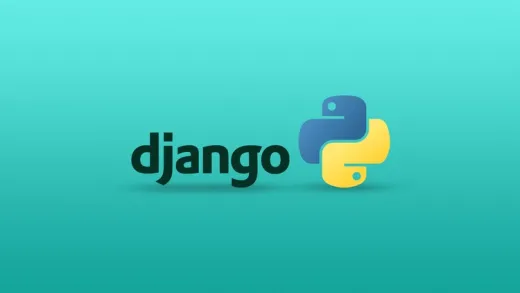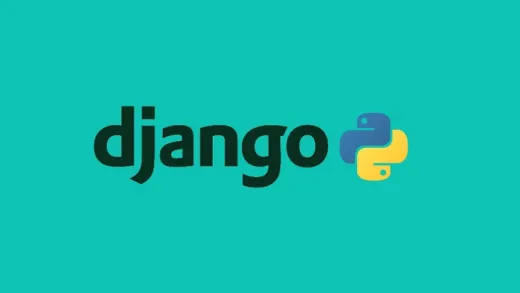About This Course
Learn how to create powerful API's with Django 2.1 and Django Rest Framework 3 deploying on Heroku
Join our comprehensive, hands-on course for a thorough exploration of the Django Rest Framework, featuring practical examples. This course is tailored for those with knowledge in Python 3+, Django 2+, Django Rest Framework 3, and covers tools like Postman and Heroku.
Course Outline:
1. **Introduction**
2. **Environment Setup**
3. **Building the Core Application (Customer Base App)**
- Creating a full-fledged project with database relationships, image upload, and in-depth backend insights.
4. **Django Rest Framework Integration**
5. **Developing a Customer API Endpoint**
- Implementation and testing using Google Chrome and Postman.
6. **Endpoint Creation for All Entities**
7. **Customizing `get_queryset` Method**
- Enhancing Customer data retrieval with filters.
8. **Modifying Default HTTP Verb Behaviors**
- GET, POST, PUT, PATCH, DELETE.
9. **Implementing Custom Actions and Query Strings**
10. **Advanced Queryset Filtering**
- Utilizing DjangoFilter backend.
11. **Enabling API Search and Custom Lookup Fields**
12. **Enhancing API Security**
- Token-based authentication and custom permissions.
13. **Understanding Nested Relationships**
- OneToOne, ForeignKey, ManyToMany.
14. **Exploring Serializer Types**
- Nested serializers and function fields.
15. **Diving into ViewSets Varieties**
16. **Implementing API Pagination**
17. **Deployment and Version Updates on Heroku**
Throughout the course, you'll build a 'Customer Base' project, learning to manage database relationships, understand API security, and deploy your application on Heroku. We'll also cover version updates post-deployment, ensuring you have the skills to maintain and improve your project.









Heinrich B.
This class is targeted at those who have already taken an introductory class in Django Rest Framework covering all the basics. From that perspective this class is excellent since Gregory covers more advanced topics in customizing models, views and serializers in a very understandable manner. His teaching style is very casual and he makes errors which help you better understand what to do when you encounter errors. The code to invoke the debugger is very helpful, even though this can also be achieved by using and IDE debugger. debugger in a similar manner.